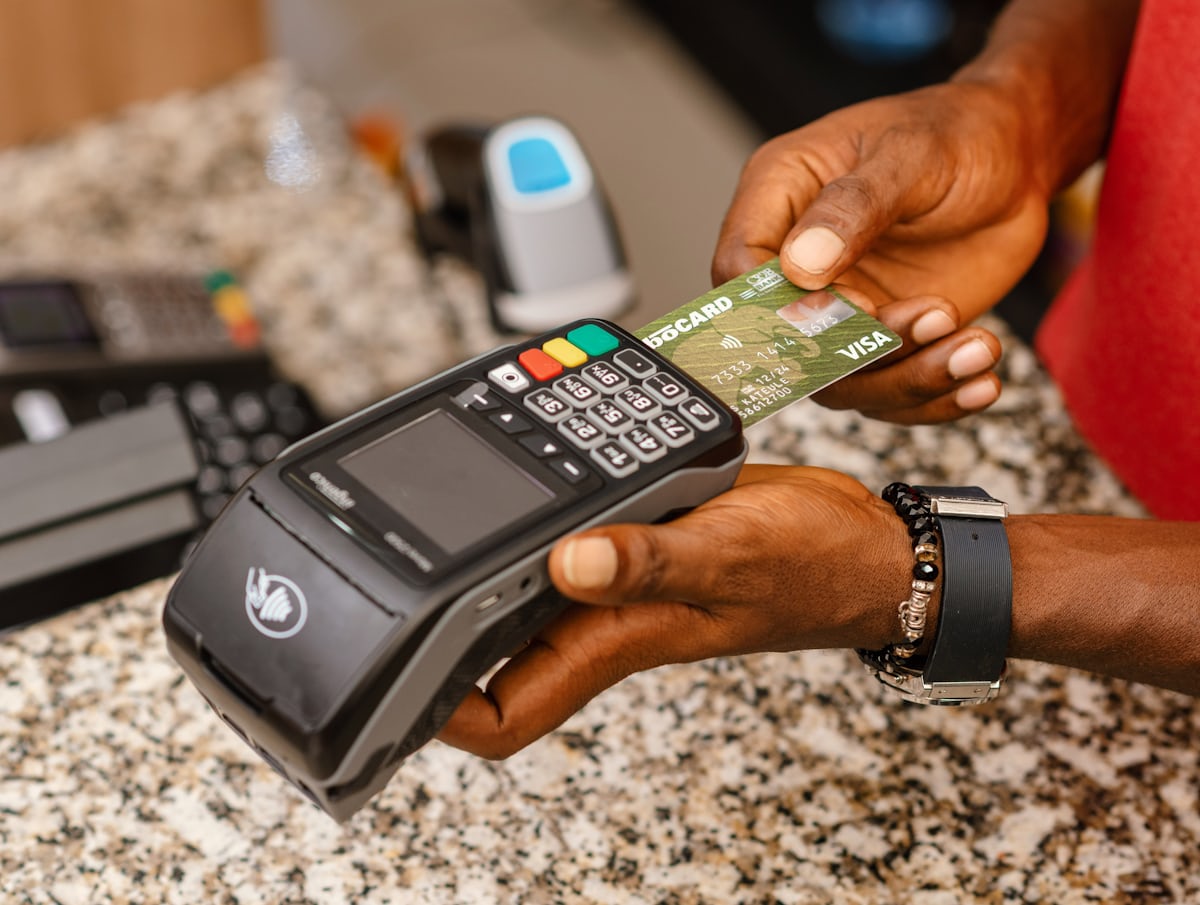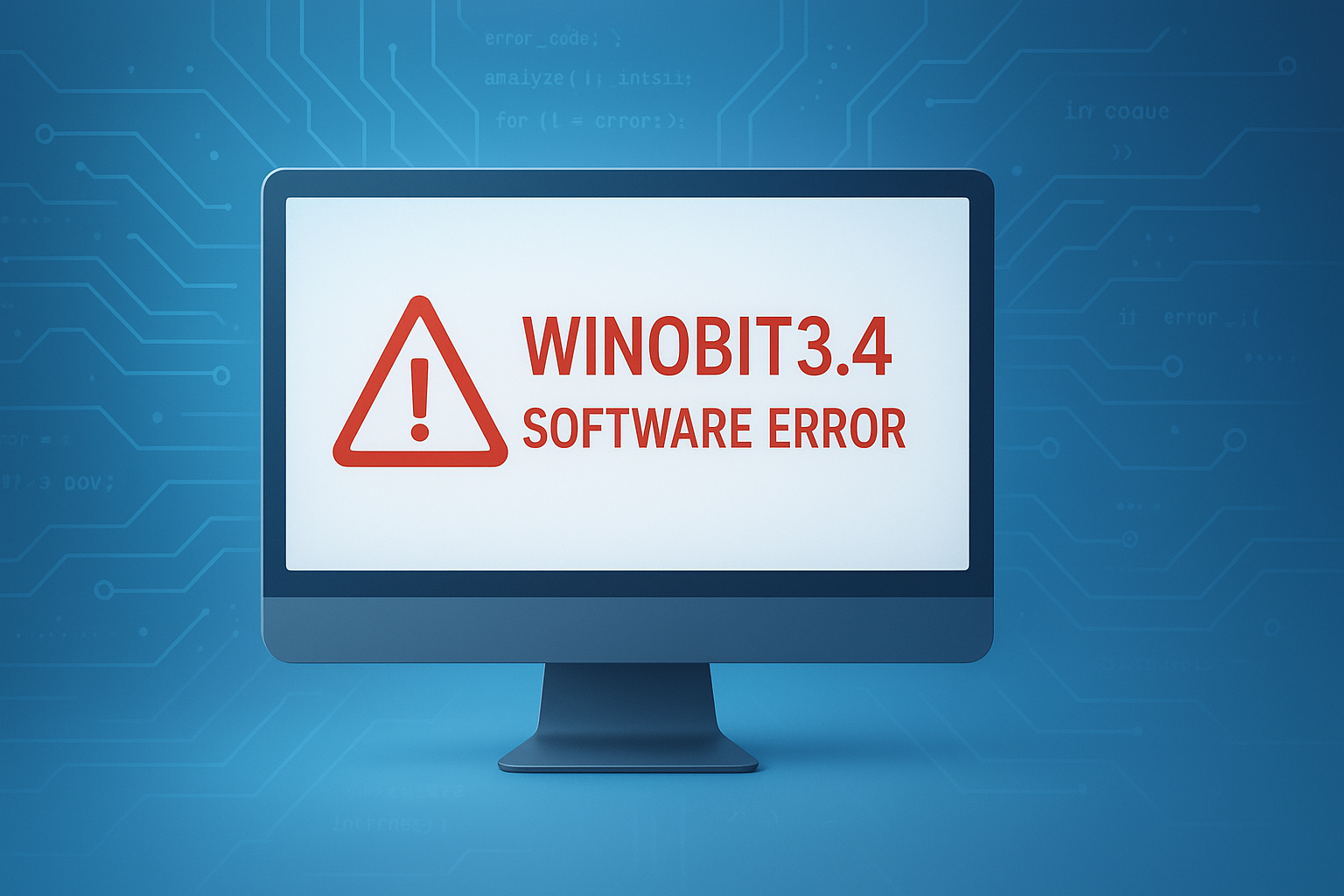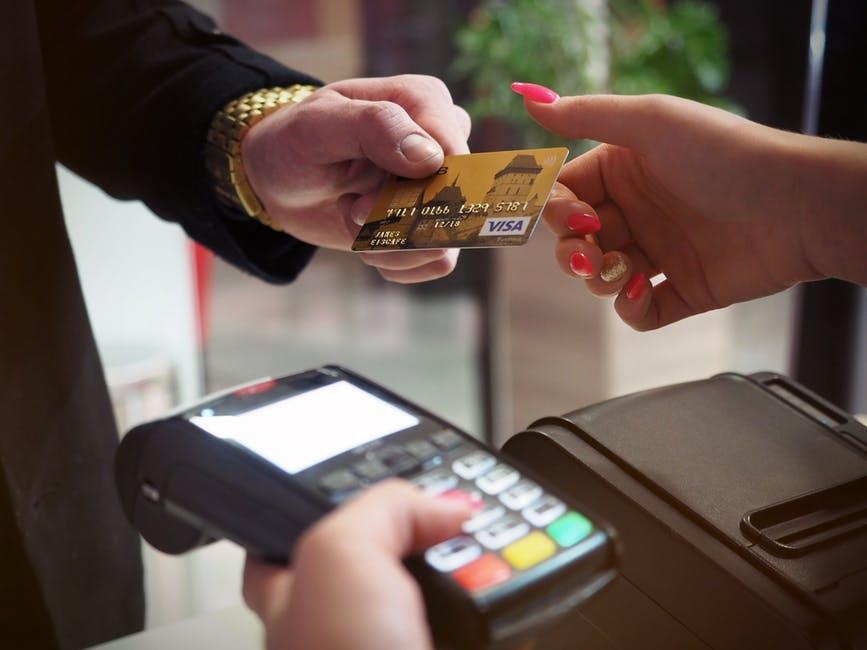Breaking Down How Card Payment Processing Works for Businesses
Have you ever wondered how your favorite coffee shop manages to accept card payments seamlessly? The technology behind card payment processing is fascinating and vital for businesses today.
Understanding this process can help business owners optimize their operations and enhance customer experiences. Keep on reading below if you want to learn more.
Understanding the Basics of Card Payment Processing
In essence, card payment processing allows customers to make purchases using credit or debit cards. This process involves several key entities: the customer, the merchant, the payment processor, and the bank. The way these parties interact creates a smooth transaction experience.
Components of Card Payment Processing
The card payment process can be broken down into several steps, each crucial for completing a transaction. Here are some examples:
Card Information Entry
The customer starts by giving their card details. This can be done by swiping or tapping a card at the store, or by typing the numbers online. These details are needed to start the payment process.
Authorization Request
Next, the store’s payment system sends the payment request to the company that handles transactions. This step checks if the card is real and ready to use. It happens quickly, often in just a few seconds.
Communication with the Bank
The payment processor talks to the customer’s bank. The bank looks at the account to see if there’s enough money and if the transaction looks safe. It’s a way to stop problems like fraud or overspending.
Approval or Decline
The bank then decides to approve or decline the payment. If everything looks okay, it says yes. If there’s a problem-like no funds or a red flag-it says no.
Transaction Completion
If the payment is approved, the money moves from the customer’s bank to the store. The sale is finished, and the customer gets their item. This all happens very fast, even though many steps are involved.
Why Understanding Your Merchant Account is Important
Before accepting card payments, businesses need a merchant account. This special bank account allows businesses to accept card payments and facilitates the transfer of funds. Selecting the right merchant account provider is crucial, as fees and service levels can vary significantly.
It’s essential for business owners to research various merchant account providers and understand the terms and potential hidden fees involved. Many local credit unions and banks offer competitive rates for small businesses, so check options in your community.
Key Features of Payment Gateways
Your payment processor often includes a payment gateway, a service that securely captures and transmits card information. A reliable payment gateway is crucial for providing a seamless customer experience. Critical features to look for include:
- Security Measures
- User-Friendly Interface
- Integration Capabilities
The Benefits of Card Payment Processing
Understanding the intricacies of card payment processing can offer numerous benefits for your business. Here are a few examples:
- Faster Transactions
- Customer Satisfaction
- Reduced Cash Handling
Making the Right Choice for Your Business
As a business owner, understanding the world of card payment processing is vital. It not only helps in choosing the right payment processor and gateway but also in enhancing customer confidence and satisfaction. With a plethora of options available, take the time to research and find a solution that aligns with your business goals.
For more related topics, check out the rest of our blog!










